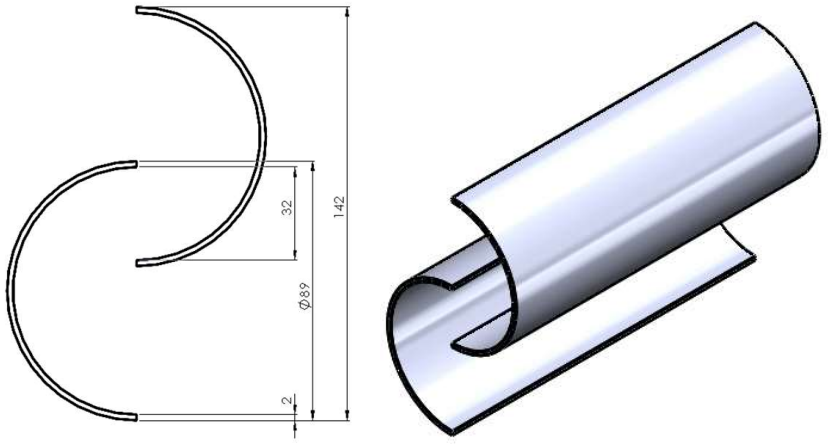Found 1 results
Open Access
Article
23 February 2024Influence of Separation Gap on the Performance of Savonius Hydrokinetic Turbine
Despite that ocean current energy is one of the promising sources of electricity produced in the ocean, the development of ocean current energy is far behind compared to other ocean energy due to the low efficiency and high cost of installation and maintenance. Among many converting devices, the Savonius turbine has been proven to be effective and competitive in harnessing ocean current energy. The primary purpose of the present study is to search for the optimum shape of a Savonius rotor based on CFD simulation (Star-CCM+). A Savonius turbine composed of two rotating cup-shaped rotors is selected as a numerical model. We focus on the effect of two geometry parameters such as the overlap and gap ratio on the power coefficient. Throughout the parametric study, the shape of a Savonius rotor affects the power performance, and two geometry parameters with an overlap ratio of 0.15 and a gap ratio of −0.03 are found to be the optimum design. It demonstrates stable performance within the wide TSR (Tip Speed Ratio) range of 0.6 to 1.6, with the maximum power coefficient Cp of 0.34 achieved at a TSR of 0.8. According to the numerical results based on the new CFD model, the presence of a bottom wall does not significantly affect the performance of a Savonius turbine. It means that the present unbounded CFD model can be acceptable in the initial design stage for the determination of the geometry parameters of a Savonius turbine.
